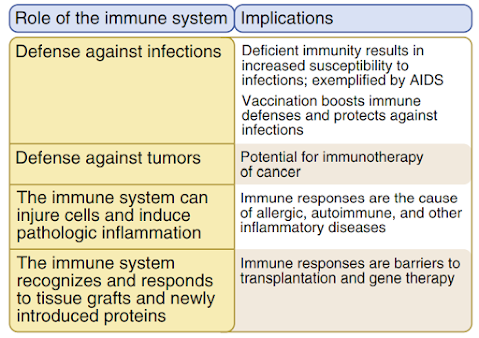From the EMS to the hospital!!
How the EMS
does decide which hospital should the patient go to?
What are the
different problems that the EMS system faces in the transfer of the patients?
1. Facilities of the EMS and the critical care units-
The most appropriate thing to do in an EMS service is to transfer the
patient to the nearest appropriate hospital.
There have been increases in the number of trauma, spinal cord injury
centers, burn centers, stroke centers, and centers with advanced cardiac or
resuscitation capabilities.
Tertiary care centers, often affiliated with medical schools, provide
many of these services and may also have a large number of critical-care unit
beds.
There are superior hospitals present but when it comes to the EMS they
have to deal with patients who are most in emergencies and thus bypassing the
available hospitals for the specialty center is not a good move. The wish to go
to a specialty center bypassing the other facilities might make the patient at high risk and also increase the financial burden.
It’s not always an easy way out to
transfer patients and thus they do face some difficulties:
Due to Covid-19 increasing hospital inpatient
and ED overcrowding, at a given time, even the largest hospitals may not have
adequate resources to care for EMS patients.
This may result in prolonged
offload times of ambulance patients, long wait times for patients to be seen,
and ED boarding of admitted patients. Furthermore, some EDs may request that
EMS divert patients to other hospitals.
Because of these issues, regional
EMS systems should develop methods to monitor in real-time available resources
of their receiving hospitals.
A secure, Internet-based Web site
of hospital resources, including ED and inpatient bed availability, is one
option.
2. Public Safety Agencies
The EMS is often lined with other departments like the fire and the
police departments and this is very important.
There are often medical emergencies at places where there is a fire going
on.
For an effective evacuation, we need at least three departments, the fire
department to control the fire, the EMS to take the injured patients to safety
and later after initial first aid to a hospital setting, and the police
department to find out what caused the fire.
These departments often work in a synchronized manner to serve the best.
In some locations, these have
been shown to improve outcomes for cardiac arrest victims.
Finally, EMS personnel often provide medical support to police and fire
departments in hazardous circumstances.
Kinda cool… this is a good symbiotic relationship... J
3. Consumer Participation - what are the different ways in which we can help the health
care system. A good EMS system needs both political and financial support and it’s
good for us if we do that. Another means of helping out is by volunteering at our
own local EMS agencies.
4. Access To Care
– all people whether they are able to pay or not should be able to have the EMS
facilities. It is because the EMS is their primary portal of entry to the
healthcare system.
The problem that often arises is for the low-density areas and where the
geographic terrain is difficult to reach. EMS is often pre-deployed or we have
to depend mostly on air travel help.
that's it for this blog comment your thoughts.... stay safe and healthy until next time

Comments
Post a Comment